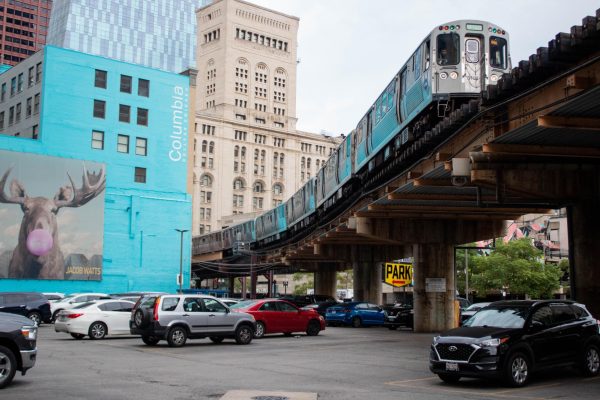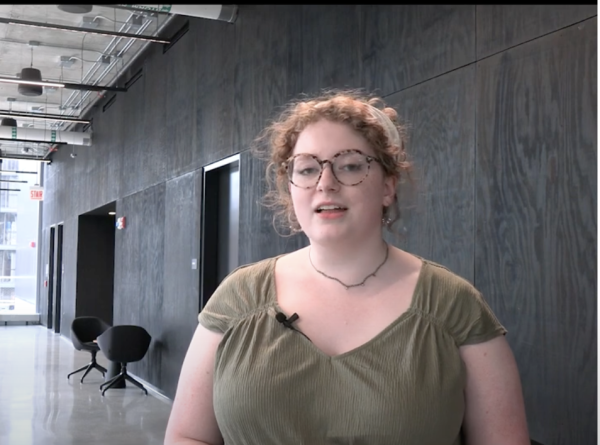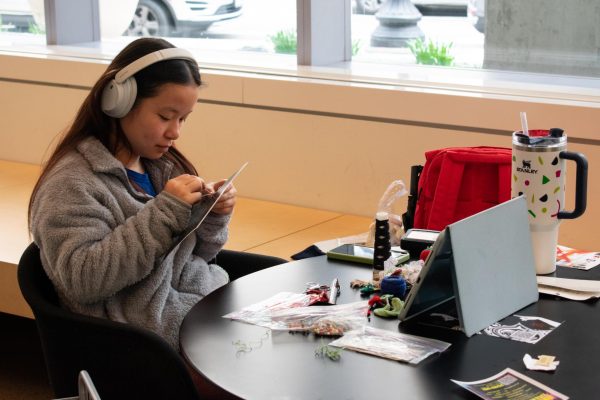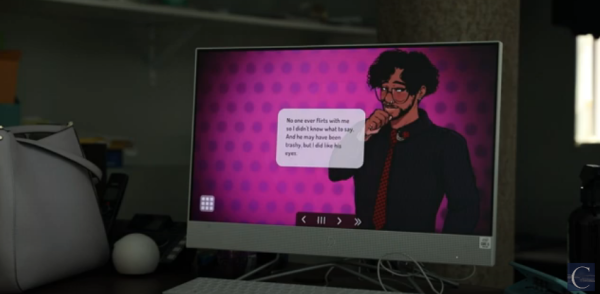New order comes to Columbia’s Residence Center
October 19, 1998
Kimberly A. Brehm
Staff Writer
The Columbia Residence Center is NOT a dormitory, and both the new Director of Residence Life, Mary Oakes, and the new Assistant Director, Kelli Collins, would be thrilled if we could all remember this.
Both women feel that there is a distinctive difference between a residence center and a dormitory. A dormitory is a place where you eat and sleep. Its very name connotes a party-like atmosphere. A residence center, however, is much more than a dormitory. According to Oakes, “It’s a place to fuse both living and learning.” Both women also see Columbia’s Residence Center as an educational environment where residents can learn many important life lessons not taught in the classroom, such as how to communicate, compromise and aid fellow classmates. It is a different type of education than traditional lectures but still a necessary one to succeed in life. Oakes is quick to point out that she is “not here to take over the educator’s job, but rather to assist them as a fellow educator.”
Oakes and Collins came to Columbia with extensive backgrounds in residence living. Oakes earned her M.A. in Educational Organization from Southern Illinois University at Carbondale, where she also was a Residence Director for 800 students. Collins has previous experience as a Resident Director for 1,200 students. She held the position at Eastern Illinois University, where she earned he M.A. in Community Counseling. Handling Columbia’s residents, a total of 346 students, should not be a daunting task for either of them.
Oakes feels that her greatest challenge will be building up Columbia’s program, which is still very young.
Oakes comes from programs that were well-established and she needs to plant roots at Columbia to see what works here and what doesn’t. Oakes wants to provide a personal touch to help make the Residence Center run “like a well-oiled machine.”
Oakes is also looking forward to compiling a staff manual where the rules will be written instead of verbalized. She wants to re-define and revise current residence rules so that all staff members work together toward a common goal.
Collins, on the other hand, has a different priority. Her main responsibility as Assistant Director is to supervise all in-house staff members. She currently has six resident assistants (one for every floor of the center) and two graduate resident assistants. The graduate assistants oversee both the judiciary committee and the residence center counsel, where students must take responsibility for any infractions of the rules.
Oakes is quick to point out that Columbia suffers from the same type of problems found on any college campus.
“The layman perceives many more problems than actually exist. We are taking great strides to stress the fact that the only problems we have here are typical ones.”
Unfortunately for Oakes and Collins, the police raid and subsequent drug bust at the Residence Center last year have been blown way out of proportion, giving the Residence Center a reputation of being a party house. That could not be further from the truth, according to Oakes.
“We are not letting the students run the show,” said Oakes. “It’s not a free-for-all here and we want to rid of the myths and bad reputation surrounding the Residence Center.” Already Oakes has established courtesy hours (quiet time) to encourage a stronger study environment. She stresses that her position is not to be a police officer but rather an educator who is helping students learn by providing a quiet, safe environment.
Even though every floor at the Center has its own study room, Oakes has established the one on the first floor as the main meeting center. “It is here that students are encouraged to get to know one an other better so that a sense of community can be born. ‘It is imperative that the residents learn to care about each other and their home to create an overall well-bing in their environment.”
Collins is actively researching the possibility of building a cafeteria in the Residence Center. Each room is equipped with a complete kitchen, but she wants to provide a place for students to meet while getting a more nutritious meal. “Some students,” according to Collins, “are literally eating out of a can every night because they do not want to cook.”
Oakes also wants to implement as many extracurricular programs as possible. “The more programs you have, the more opportunities for promoting a sense of community. We can reach more residents with each new program.”
During the first week of school, Oakes instilled a Welcome Committee within the Residence Center. Twenty students helped freshmen and transfer students become familiar with their new surroundings. They rented a city tour bus for get-to-know-the-neighborhood runs, pointing out grocery stores and bus stops. In addition, each resident assistant ran different programs on their floor so that students could become familiar with their neighbors. All of these actions help in the difficult transition of moving away from home to live with unfamiliar people in a new environment.
Collins is also concerned with implementing new programs for her residents. She is currently researching the possibility of offering transportation to and from grocery stores due to the scarcity of stores within walking distance. The only market within walking distance, Printers Row, closed earlier this year.
“The only store available nearby is the White Hen and that is not economically feasible for any of us,” she said. Collins believes that if she can make grocery shopping convenient, more students will eat healthier meals.
Oakes and Collins are working in tandem to build a community and rid the Residence Center of its ill reputation. Oakes stresses that “we are trying to teach students and hold them accountable for their decisions and actions. We also need to change the views of the Residence Center by establishing a strong sense of community.”
Oakes and Collins are optimistic that, with a little effort, Columbia’s Residence Center can become the ideal school environment. By combining a good study atmosphere with a safe and clean haven, students living there will benefit immensely.








